How Many Calories Do You Burn Running 3 Miles? What Your Fitness Tracker Isn’t Telling You (And Why It Matters)
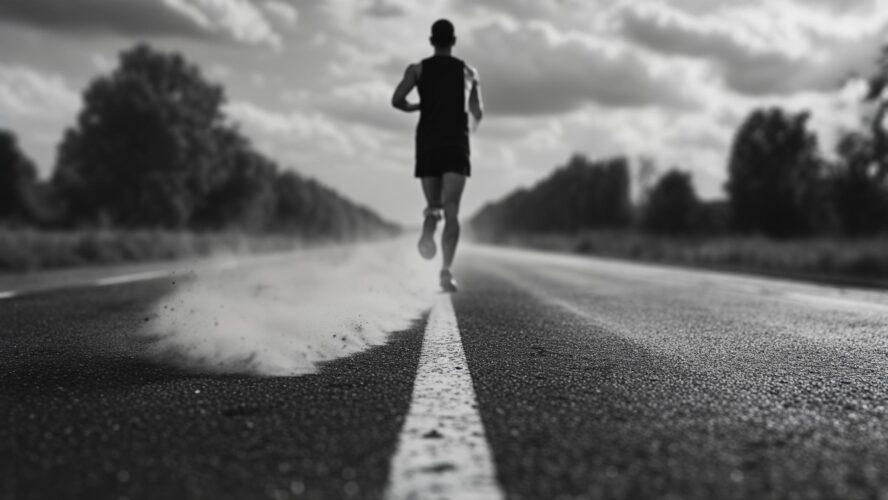
I used to obsess over my fitness tracker after every run, wondering why some days my 3-mile loop showed 280 calories burned and other days it hit 420. Turns out, there’s actually a good reason for this—and it’s not because your tracker is broken.
The question of calorie burn during running isn’t as straightforward as most fitness apps suggest. While traditional calculators might tell you that running burns around 100 calories per mile, the reality is far more complex. According to research from RunRepeat, a 155-lb person can burn anywhere from 563 calories to 1,267 calories in an hour of running, depending on various factors that most people never consider. This dramatic variation reveals why your personal calorie burn for a 3-mile run could be significantly different from what standard formulas predict.
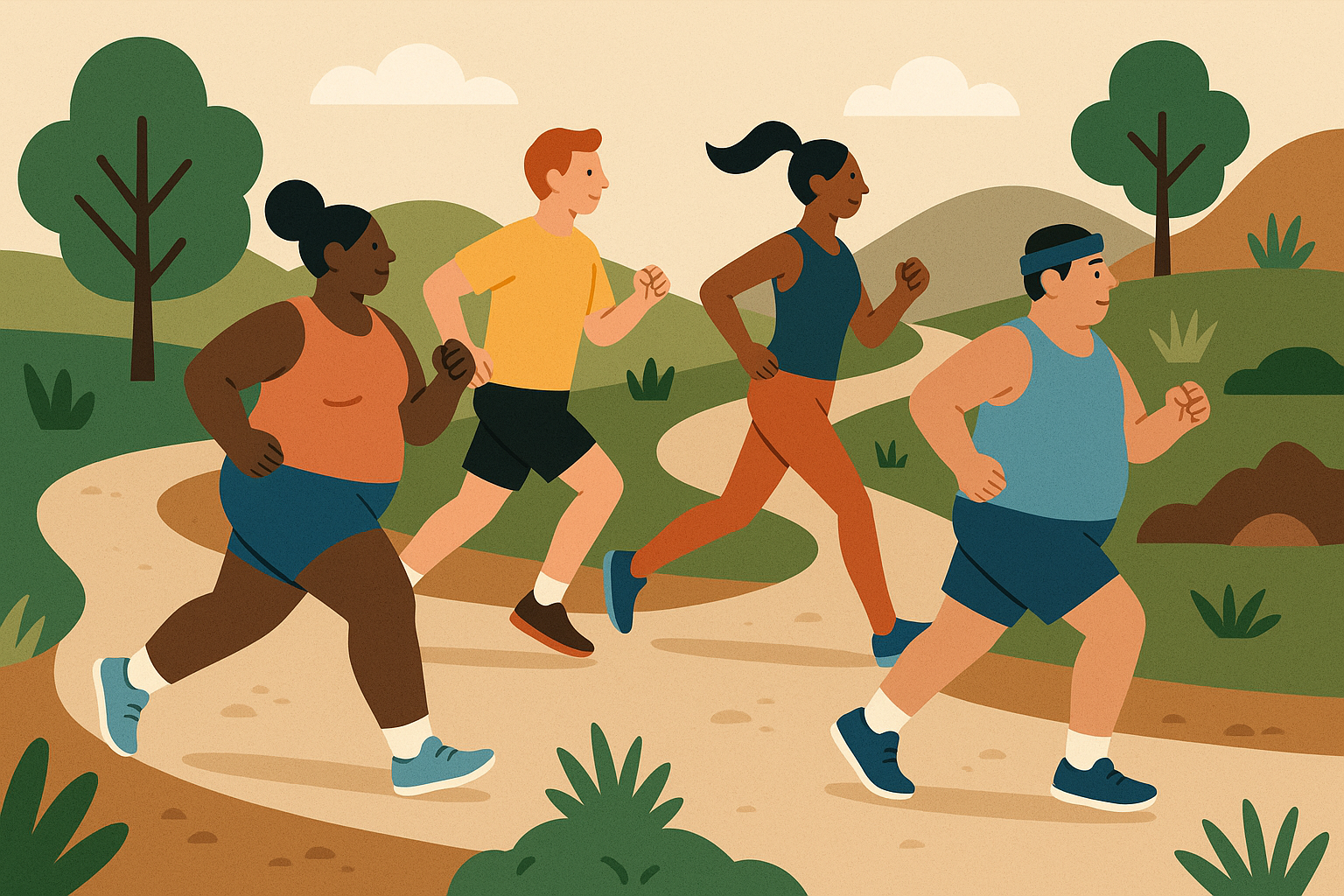
Table of Contents
- Your Body’s Unique Way of Burning Calories
- Why Your Genes Actually Matter More Than You Think
- The Time of Day That Changes Everything
- Your Gut Bacteria Are Either Helping or Hurting You
- How Weather and Terrain Completely Change the Game
- The Calories You Keep Burning After You Stop
- How to Figure Out Your Personal Calorie Formula
- Final Thoughts
TL;DR
- Your unique genetic makeup can cause up to 40% variation in calories burned compared to someone your exact weight and pace
- Running the same 3 miles burns 15-25% more calories in the morning versus evening due to your body’s natural daily rhythms
- Gut bacteria composition directly impacts your running efficiency and can reduce energy costs significantly
- Environmental factors like altitude, terrain, and weather can increase calorie burn by 20-60% beyond basic calculations
- The calories you keep burning after your run continue for 12-48 hours, adding 15-25% to your total expenditure
- Strategic interval training within your 3-mile run can boost afterburn effects by 40-60%
Your Body’s Unique Way of Burning Calories
You know how some days your 3-mile run feels like a breeze, and other days the same route leaves you completely wiped out? That’s your body’s unique way of burning calories at work—and it’s way more personal than any fitness app realizes.
I’ve been fascinated by this stuff for years, and here’s what I’ve learned: your body burns calories in a completely unique way that’s as individual as your fingerprint. Two people who weigh exactly the same and run at the same pace can burn wildly different amounts of calories—we’re talking differences of 100-200 calories on the same 3-mile run.
When you ask how many calories do you burn running 3 miles, you’re essentially asking about your personal metabolic signature. This signature determines whether you’ll burn 250 calories or 450 calories on that same route.
Understanding your body’s response to exercise is just as important as how to boost immune system naturally, as both contribute to your overall health and fitness journey.
Here’s something that completely flipped my understanding: the fitter you get, the fewer calories you might actually burn. I know, it sounds backwards, but research shows that fitness level creates a known negative correlation between VO2 max and the energy cost of running, meaning that with a higher fitness level or VO2 max, the number of calories needed to run a given distance is actually lower. This finding from Omni Calculator completely flips conventional wisdom on its head.
It’s like upgrading from a gas-guzzling truck to a hybrid car—you get better performance while using less fuel.
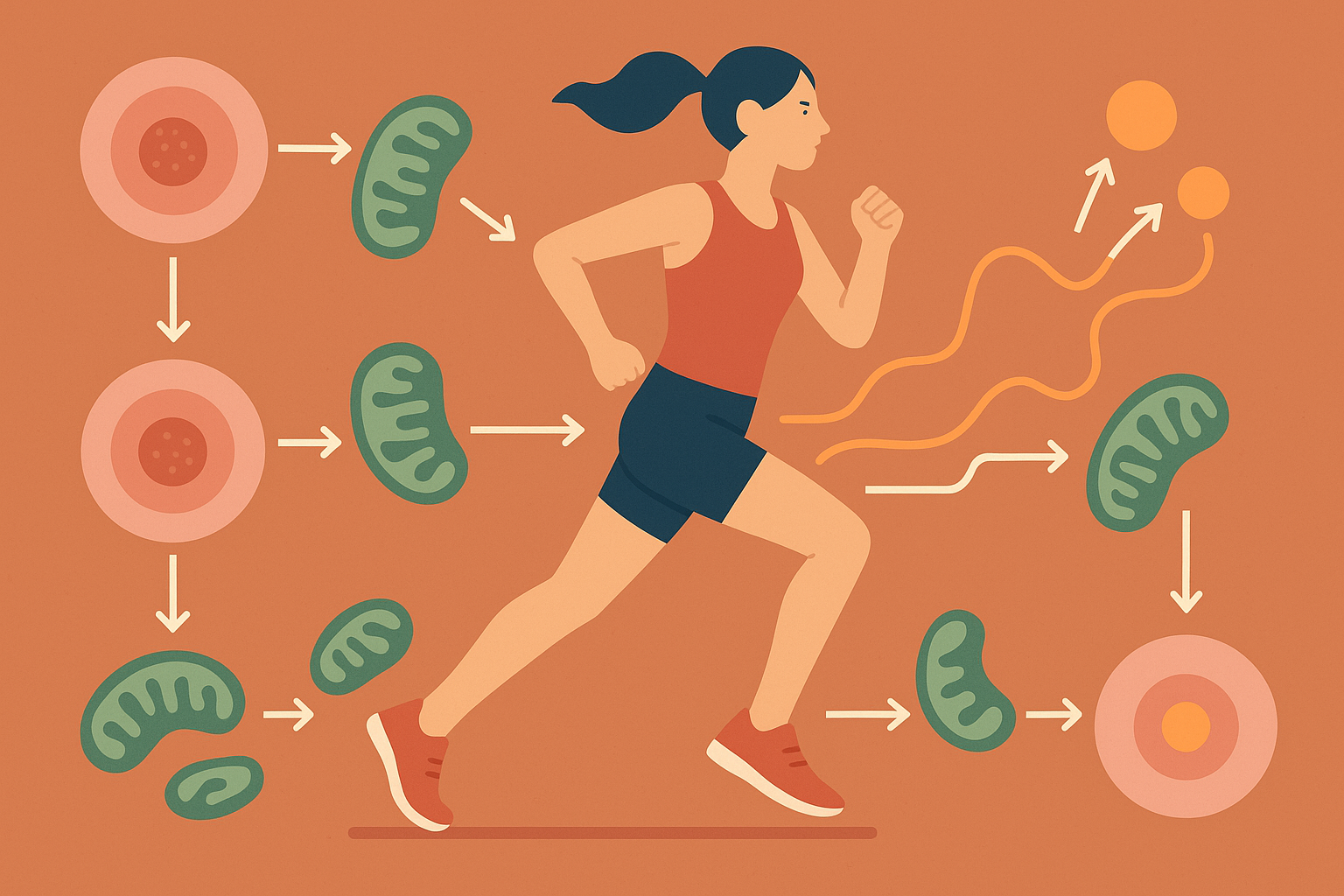
Why Your Genes Actually Matter More Than You Think
Your DNA isn’t just sitting there doing nothing while you run—it’s actively responding to every step. Some people have what researchers call the “speed gene” (ACTN3), which sounds like it would be awesome for burning calories, right?
Well, here’s the plot twist: people with this gene variant might actually burn fewer calories per mile because their muscles work more efficiently. It’s like having a really well-tuned engine that doesn’t have to work as hard to get the job done.
I find this stuff fascinating because it explains why my running buddy Mike always seems to work harder than me on our runs, even though we’re the same pace. His body is literally less efficient at running, which means he’s burning more calories. Lucky him, I guess?
Your genetic advantage in speed could mean you’re getting less caloric bang for your running buck. I know it sounds counterintuitive, but efficiency works against calorie burn.
How Your Body Gets Sneakier Over Time
Here’s something that might blow your mind: as you become a better runner, your muscle cells actually grow more of these tiny power plants called mitochondria. Sounds great, right? More power plants should mean more energy burned.
But here’s the catch—these cellular powerhouses make you so much more efficient that you end up burning fewer total calories for the same distance. It’s like your body becomes a metabolic miser, getting really good at doing more with less energy.
Your body literally becomes more economical as you get fitter. Just as mitochondria function energy production is crucial for cellular health, understanding how these powerhouses adapt during running helps explain individual calorie burn variations.
Let me paint you a picture: Sarah has been running consistently for three years, while Mike just started six months ago. They’re both 160 pounds and run 3 miles at the same 8-minute pace. Mike will burn about 50-80 more calories than Sarah, simply because his body hasn’t figured out how to be efficient yet. Sarah’s fitness improvement is actually working against her calorie-burning goals.
The Time of Day That Changes Everything
This one really surprised me when I first learned about it. The time you run can change your calorie burn by 15-25%—same distance, same pace, totally different metabolic cost.
Your body has this internal clock that’s constantly adjusting your metabolism, hormone levels, and how you use different types of fuel. It’s like having different settings throughout the day, and each setting burns calories differently.
When you lace up your shoes matters more than you think. I’ve tracked my own runs at different times and consistently see these variations play out.
Why Early Birds Get the Metabolic Advantage
Morning runners are tapping into something pretty cool. After sleeping all night, your body’s glycogen (stored carb) tanks are running low, so when you head out for that dawn run, your body has to dig into fat stores for fuel. This process actually costs more energy than burning glycogen, bumping up your total calorie burn by 10-15%.
It’s like the difference between using easily accessible cash versus having to go to the ATM—the ATM trip costs you extra effort (and in this case, extra calories).
Early birds really do get the metabolic worm. Your body has to work harder to access stored fat for fuel, which costs extra energy.

How Your Afternoon Body Runs More Efficiently
By late afternoon, your body temperature naturally peaks, and this makes your muscles work more smoothly. It’s like running a car engine after it’s warmed up versus starting it cold—everything just works better. This thermal advantage can actually reduce your calorie burn by 8-12% compared to morning runs.
Your body literally runs more efficiently when it’s naturally warmer. Recent training research emphasizes the importance of understanding how your body responds to different workout intensities throughout the day. “Speed workout progression” from Runner’s World highlights how timing your intensity work can maximize training adaptations and metabolic benefits.
Your Gut Bacteria Are Either Helping or Hurting You
Okay, this is where things get really weird and fascinating. The bacteria living in your gut—and we’re talking trillions of them—actually influence how many calories you burn during your run.
Some of these microscopic hitchhikers make you more efficient at using energy, while others might make your body work harder. It’s like having a pit crew that’s either really good at their job or kind of sucks at it.
Your gut bugs are either working for you or against you—and most people have no idea which. The connection between gut health and exercise performance is as important as understanding 5 simple ways to beat bloat and improve digestion, since both directly affect how your body processes energy during physical activity.
The Bacteria That Make You a More Economical Runner
If your gut is dominated by certain types of bacteria (particularly one called Bacteroides), you might be a more efficient runner without even knowing it. These bacteria help your body use fat for fuel more effectively and keep inflammation low during exercise.
This bacterial advantage can reduce your total calorie burn by making your entire system run more smoothly. It’s pretty wild to think that microscopic organisms are essentially determining how much energy your 3-mile run costs you.
Some people literally have a more efficient running engine thanks to their gut bacteria. I find this research absolutely mind-blowing because it means your microbiome is essentially determining your metabolic efficiency.
| Gut Bacteria Type | Impact on Running Efficiency | Calorie Burn Effect |
|---|---|---|
| Bacteroides (High) | Enhanced fat oxidation, reduced inflammation | 8-12% fewer calories burned |
| Firmicutes (High) | Increased energy extraction from food | 5-8% more calories burned |
| Akkermansia (High) | Improved metabolic flexibility | 3-6% variable effect |
| Low Diversity | Poor metabolic adaptation | 10-15% higher energy cost |
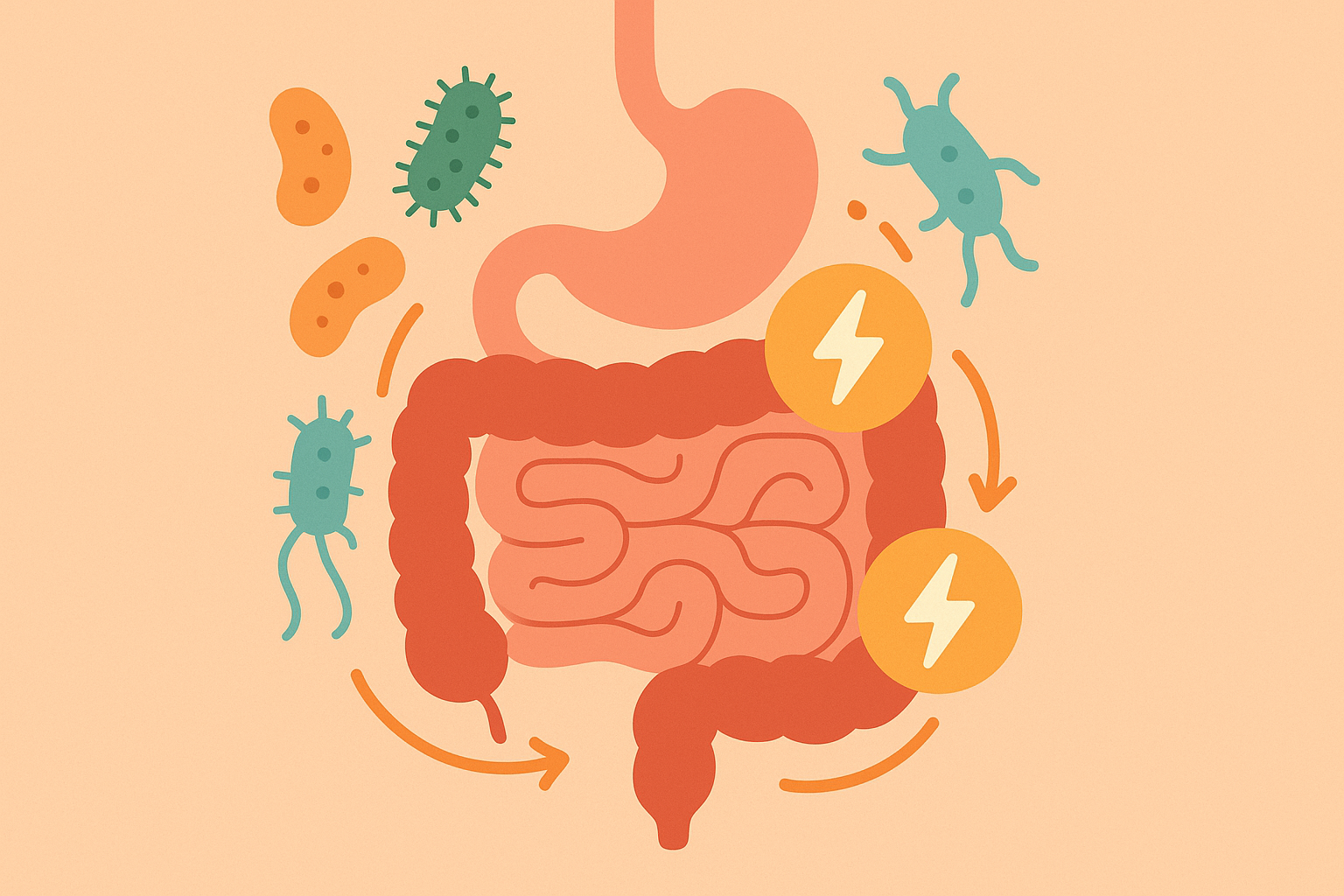
How Weather and Terrain Completely Change the Game
This is where your fitness tracker really starts to fall apart. Those calorie calculations assume you’re running on a perfect treadmill in perfect conditions, but real-world running is messier—and that mess costs energy.
Environmental factors can increase or decrease energy expenditure by 20-60% beyond baseline calculations, making your actual calorie burn dramatically different from what any app tells you.
Why Mountain Running Rewrites the Rules
Running at altitude is like trying to breathe through a straw while exercising. Above 5,000 feet, there’s just less oxygen available, so your heart has to work 15-25% harder to pump enough oxygen-rich blood to your muscles.
I’ve experienced this firsthand during mountain runs, and the difference is immediately obvious. Your heart rate shoots up, you’re breathing harder, and you feel like you’re working much more intensely—because you are.
How Thin Air Makes Your Heart Work Overtime
At elevations above 5,000 feet, reduced oxygen partial pressure forces your cardiovascular system to work 15-25% harder to deliver adequate oxygen to working muscles. This increased cardiac output alone can boost calorie expenditure by 200-400 calories during a 3-mile run compared to sea level efforts.
Mountain running isn’t just harder—it’s metabolically more expensive. Running uphill significantly increases calorie burn, with research showing you burn approximately 1,056 calories by running up stairs, which is 87.6% more in comparison to running on a flat surface, according to RunRepeat.
Why Your Treadmill Numbers Don’t Match Real Life
Outdoor running forces your body to constantly make tiny adjustments for uneven ground, changing directions, and dealing with obstacles. Your stabilizing muscles are working overtime, your core is constantly engaged, and your brain is processing way more information.
All of this balance and coordination work can increase your calorie burn by 12-30% compared to treadmill running. It’s like the difference between walking on a moving sidewalk versus walking on a rocky beach—one requires way more total-body effort.
Your stabilizing muscles are working overtime outdoors, and that costs energy. Understanding the difference between indoor and outdoor running has become increasingly important as more runners track their performance. According to “Fleet Feet’s analysis”, terrain and conditioning significantly affect calorie burn, with experienced runners burning fewer calories than beginners due to improved efficiency.
Trail Running: The Full-Body Calorie Burner
Running 3 miles on technical trails with rocks, roots, and elevation changes can boost your calorie burn by 25-45% compared to smooth pavement. Every step requires micro-adjustments from your core, ankles, and stabilizing muscles that you don’t even consciously think about.
Trail running is essentially a full-body workout disguised as a run. Your body is constantly problem-solving and adapting, and all of that neural and muscular work costs energy.

Wind: The One-Way Metabolic Tax
Here’s something annoying: headwinds make you work significantly harder (8-15% more calories), but tailwinds barely help at all. It’s like a metabolic tax that you pay going into the wind but get almost no refund when the wind is at your back.
This means out-and-back courses with wind exposure will almost always cost you more calories than sheltered routes, even if the wind changes direction halfway through.
Summer Running: When Your Cooling System Goes Into Overdrive
Running in hot, humid weather turns your body into a metabolic furnace. Your heart has to pump extra blood to your skin for cooling, you’re breathing harder, and you’re producing tons of sweat—all of which requires serious energy.
Running in temperatures above 75°F
Running in temperatures above 75°F with high humidity forces your body to divert significant energy toward cooling mechanisms. Increased cardiac output for skin blood flow, elevated respiratory rate, and enhanced sweat production can increase total calorie expenditure by 20-35% compared to thermoneutral conditions.
Let me give you a real example: My friend Jennifer runs the same 3-mile loop every day. On a cool 60°F spring morning, she burns about 320 calories. During a sticky 85°F summer afternoon on the exact same route, her calorie burn jumps to 420 calories—a 31% increase just from her body’s cooling demands. Her heart rate averages 15 beats per minute higher, and she produces nearly twice as much sweat, both requiring substantial metabolic energy.
| Environmental Factor | Calorie Burn Multiplier | 3-Mile Impact |
|---|---|---|
| Sea Level (baseline) | 1.0x | 300-400 calories |
| 5,000+ ft elevation | 1.2-1.4x | 360-560 calories |
| Technical trail terrain | 1.25-1.45x | 375-580 calories |
| 10+ mph headwind | 1.08-1.15x | 325-460 calories |
| 80°F+ with humidity | 1.2-1.35x | 360-540 calories |
| Combination factors | 1.5-2.0x | 450-800 calories |

The Calories You Keep Burning After You Stop
Here’s something most people don’t realize: your workout doesn’t stop burning calories when you stop moving. Your body continues burning extra calories for 12-48 hours after your run as it works to recover and adapt.
This “afterburn effect” often adds 15-25% to your total calorie burn, but it varies hugely based on how you structure your run. It’s similar to how cold showers health benefits can boost metabolism for hours after exposure, creating additional energy expenditure beyond the immediate activity.
Studies suggest that if you burn 720 calories running at 80 percent of your VO2 max, as opposed to burning 720 calories running slower at 60 percent of your VO2 max, your base rate of calorie burning will be elevated by 15–25 percent for up to 24 hours, according to Outside Online.
How to Maximize Your Post-Run Calorie Burn
The secret is something called EPOC (Excess Post-Exercise Oxygen Consumption)—basically, how long your body stays revved up after exercise. You can dramatically amplify this effect by adding short bursts of intensity within your 3-mile run.
Even 30-second pickups every half-mile can extend your elevated metabolism for an extra 6-12 hours. It’s like stoking a fire—those brief intensity surges keep your metabolic fire burning long after you’ve finished running.

How Small Intensity Changes Create Big Afterburn Rewards
Incorporating brief high-intensity intervals within your 3-mile run can increase EPOC duration and magnitude by 40-60% compared to steady-state efforts. Even 30-second surges every half-mile can extend elevated metabolism for an additional 6-12 hours post-exercise.
Let me show you the difference:
- Steady 3-mile run: 360 calories during + 40 calories afterburn = 400 total
- Same run with six 30-second surges: 375 calories during + 95 calories afterburn = 470 total
The interval version burns 17.5% more total calories despite only 4% more effort during the actual run. That’s a pretty good return on investment.
Your Body Pays a Metabolic Price for Getting Stronger
For 24-48 hours after your run, your body is busy repairing and strengthening muscle tissue. This process, called muscle protein synthesis, requires substantial energy—an additional 50-150 calories beyond the immediate afterburn effect.
Your body literally pays a metabolic price for adaptation. It’s like paying for home improvements—there’s an upfront cost, but you end up with a better, stronger system.
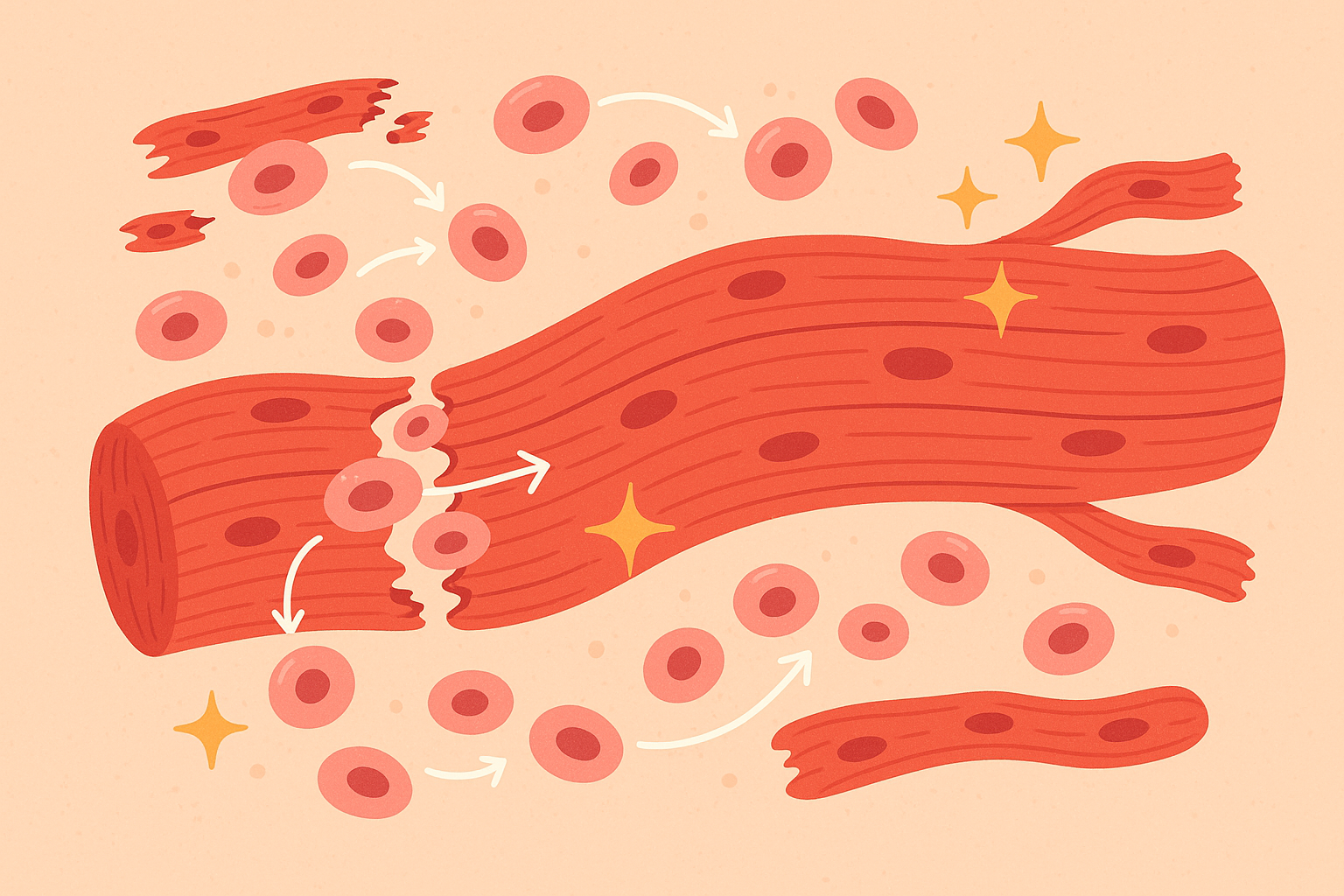
How to Figure Out Your Personal Calorie Formula
Instead of relying on generic calculators, you can become your own metabolic detective. It takes a bit of systematic observation, but understanding your unique patterns is way more valuable than any app estimate.
Creating a systematic approach to tracking your fitness is as important as learning 5 ways to biohack your way to better health—both require consistent monitoring and smart adjustments based on real data.
Become Your Own Metabolic Detective
Start with some basic detective work. Run the same 3-mile route at the same time of day for about 10 runs, tracking everything you can: how you feel, what the weather was like, how well you slept, what you ate beforehand.
You’ll start to see patterns pretty quickly. Maybe you consistently burn more calories on days when you didn’t sleep well, or when it’s windy, or when you run in the morning versus evening.
Simple tracking checklist:
- Same route, same time of day (at least initially)
- Note the weather conditions
- Track your sleep quality from the night before
- Pay attention to how hard the run felt (1-10 scale)
- Notice how you feel 24-48 hours later
- Keep using the same gear for consistency
- Record body weight before each run
- Track subjective effort levels
- Note pre-run nutrition and hydration status
- Document any unusual stress or life factors
Test How Environment Affects You
Once you have a baseline, start experimenting with different conditions. Try running the same route at different times of day, in different weather, or on different surfaces.
The goal isn’t to optimize every single run—it’s to understand how your body responds to different challenges so you can make informed choices about your training.
Simple testing approach:
- Week 1-2: Establish your baseline on familiar, flat terrain
- Week 3-4: Add some hills (even just 0.5 miles of your 3-mile route)
- Week 5-6: Try different surfaces when possible
- Week 7-8: Run in different weather conditions (safely)
- Week 9-10: Combine multiple factors and see what happens
- Document: Calorie burn estimates, perceived exertion, and recovery time for each condition

Maximize Your Post-Run Burn
If you want to extend that afterburn effect, try adding some brief intensity bursts to your runs. You don’t need to turn every run into a suffer-fest, but strategic intervals can significantly boost your total calorie burn.
Post-run recovery techniques work similarly to how to take your yoga practice to new heights with these 3 breathing techniques, as both focus on optimizing your body’s recovery and metabolic processes.
Simple interval strategy for 3-mile runs:
- Interval Structure: 6 x 30-second surges at 85% effort with 90-second recovery
- Timing: Place intervals at miles 0.5, 1.0, 1.5, 2.0, 2.5, and 2.75
- Post-Run Protocol:
- Delay eating for 30-45 minutes to extend fat oxidation
- Take a cold shower (60-65°F) for 2-3 minutes to boost metabolism
- Practice deep breathing exercises for 10 minutes
- Avoid sitting immediately; walk for 10-15 minutes
The key is finding what works for your body and your schedule. You don’t need to become obsessed with optimization—just understanding these principles can help you make smarter choices about your running routine.
Have you been wondering why your fitness tracker’s calorie count never seems to match how you actually feel after your runs? The complex interplay of genetics, timing, environment, and recovery creates a highly personalized calorie burn that’s impossible to capture with simple formulas.
Supporting your body’s natural processes with good nutrition and recovery practices can help optimize these metabolic effects. Organic Authority’s carefully curated supplements support cellular energy production, recovery processes, and gut microbiome health—all factors that directly influence how your body responds to and recovers from your 3-mile running sessions.
Understanding your body’s unique needs is as crucial as knowing 3 dietary supplements you should take daily according to a nutritionist, since both contribute to optimizing your overall health and exercise performance.

Final Thoughts
Look, the question “how many calories do you burn running 3 miles” doesn’t have a simple answer because your body isn’t simple. Your genetics, the time you run, your gut bacteria, the weather, the terrain—it all matters way more than any calculator can account for.
But here’s the thing: you don’t need to become a metabolism expert or track every single variable to benefit from understanding these basics. Just knowing that your body is unique—and that calorie burn is way more complex than your fitness tracker suggests—can help you stop second-guessing yourself and start paying attention to how you actually feel.
Instead of obsessing over the numbers on your watch, try focusing on patterns. Do you feel more energized after morning runs versus evening runs? Do hilly routes leave you feeling more accomplished? Does running in different weather affect your mood and energy levels?
The goal isn’t just burning calories—it’s finding a sustainable way to move your body that makes you feel good and supports your overall health. Understanding your metabolic complexity helps you make smarter decisions about when, where, and how intensely to run based on what your body actually needs.
Remember, the “best” workout is the one you’ll actually do consistently. Whether you burn 250 calories or 450 calories on your 3-mile run matters way less than the fact that you’re out there moving your body regularly. The metabolic benefits, the mental health boost, the cardiovascular improvements—all of that happens regardless of the exact calorie count.
So lace up your shoes, head out the door, and start paying attention to your own patterns. Your body will teach you everything you need to know.

